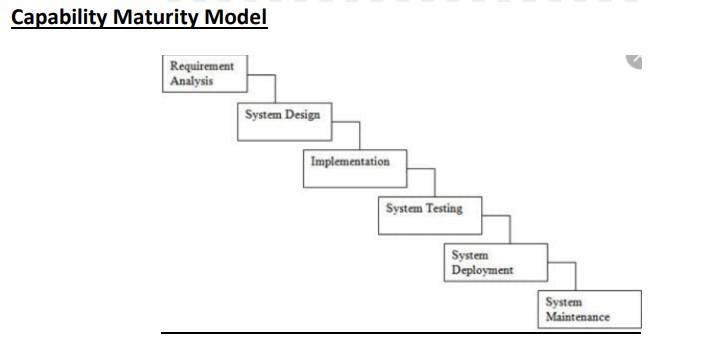Question
A Data Center in San Jose, California has been deemed by the organizations Chief Information Officer (CIO) as unorganized, with tons of problems rampant. The
A Data Center in San Jose, California has been deemed by the organizations Chief Information Officer (CIO) as unorganized, with tons of problems rampant. The Enterprise (which in this case, is a Data Center) employs over 1000 IT Workers, consisting of the following roles:

Due to the Enterprise's complexity (and its sub-IT Organizations), it is often a great challenge to implement technical changes. Whether an enterprise system change is planned or unexpected, there must be processes in place to address change management, configuration management, and risk management. There are too many stakeholders (including IT personnel who manage the enterprise systems), not to have precautionary processes in place to proactively set out to strategically foresee potential impacts which various changes may have on multiple platforms and/or systems. As an Enterprise Architect, youre setting out to help the enterprise to react to unplanned changes more expeditiously when it comes to problem resolution tracking.
Another problem that a data centers complexity brings about, deals with the multiple processes which surround problem tracking and configuration management. Many times, in a large enterprise, there is a great deal of redundancy. There are multiple configuration management processes and systems in place whereas different stakeholders find themselves to be out of the loop when it comes to tracking actual problems. There should be one agreed-upon configuration management process in place, in order to ensure that all of the stakeholders have one single point of reference (SPOR) when it comes to problem and change tracking. There are many IT managers in the enterprise who believe that there is one cut and dry process or methodology to follow when it comes to measuring the efficiency of a software development organization. The Capability Maturity Model (CMM) aims to provide a structure that enterprises can use to determine their technical levels of maturity. The following maturity levels reflect process-oriented practices followed by IT personnel in CMM-compliant organizations.


The SDLC Waterfall Model:

RUP Model:
Software development models such as the classic Waterfall Model (WM) and the Rational Unified Process (RUP) as well as supporting methodologies are all examples of IT life cycle processes that have been adopted in this enterprise. Software Engineering is such a multifaceted discipline, and is composed of so many different sub-components, so the levels of maturity may vary because of the different subunits within one IT Organization.
Although these two process models and many others are successfully implemented throughout different IT organizations in enterprises, IT Managers of data center personnel typically use whatever methodology they choose, to navigate through the change management process. If we measure an organization by utilizing the CMM, it is difficult to gauge the organizations capability as a whole, because there are so many different disciplines within IT. For example, in this enterprise, they may have a LAN Support Team which is highly efficient with all of their processes and procedures documented. That same team may also maintain databases that track incident reporting, iteratively. This team would be reflective of a level four or five when evaluating it with the CMM. That same enterprise may have a database (DB) team which is responsible for building and maintaining important databases that store the enterprises sensitive information. The DB Team may be the type of group that flies by the seat of their pants, only allowing one or two highly skilled database administrators (DBAs) to call the shots. No processes or procedures are documented in the group, because all the planning and solutions which are delivered, come directly out of the heads of the DBAs. This Team is based on the heroics of a few, and not the efficiency of processes. This scenario is reflective of a level one or two organization when using the CMM Model as a metric for gauging the organizations maturity.
It then becomes a difficult task to measure the organizations enterprise as a whole because of the overabundance of sub-organizations. Furthermore, this measurement does not factor in the other IT sub-organizations such as; Development, Call Centers, Embedded Systems, and so on. The measurement of an IT Enterprise, therefore, is also a problem when it comes to using one pinpointed methodology as the optimal strategy for improvement and measurement.
If serving the customer is the true objective of software engineering methodologies and the use thereof, the methodologies and models, should only be used as an apparatus by the IT Manager. This approach gives the IT Manager the prerogative to choose whatever instrument is better suited for the subcomponent IT groups (teams) that fall under the umbrella of the IT Enterprise. Adaptability, therefore becomes the path by which the IT Manager gains high efficiency with accurate measurement of the IT Enterprise as a whole.
Question:
Youre an Enterprise Architect. Based on the facts shared, thus farin Part 1 of this Case Study, develop a list of 10 questions that target; Business Modeling, Current Systems and Technology, Data Architecture, and Applications Architecture. Ten questions in total, and share which roles youd direct those questions toward, from the table shown earlier (Case Study - Part 1). Use Spewak's Enterprise Architecture Planning (EAP) set of methods to formulate a list of questions, which are set up to acquire further clarity around the enterprise. If you decide to execute any strategy in how to approach Leadership (IT Managers, Executives), please clarify how youd set out to do so (hint Social Styles, Business Chemistry).
Capability Maturitv Model
Step by Step Solution
There are 3 Steps involved in it
Step: 1

Get Instant Access to Expert-Tailored Solutions
See step-by-step solutions with expert insights and AI powered tools for academic success
Step: 2

Step: 3

Ace Your Homework with AI
Get the answers you need in no time with our AI-driven, step-by-step assistance
Get Started


